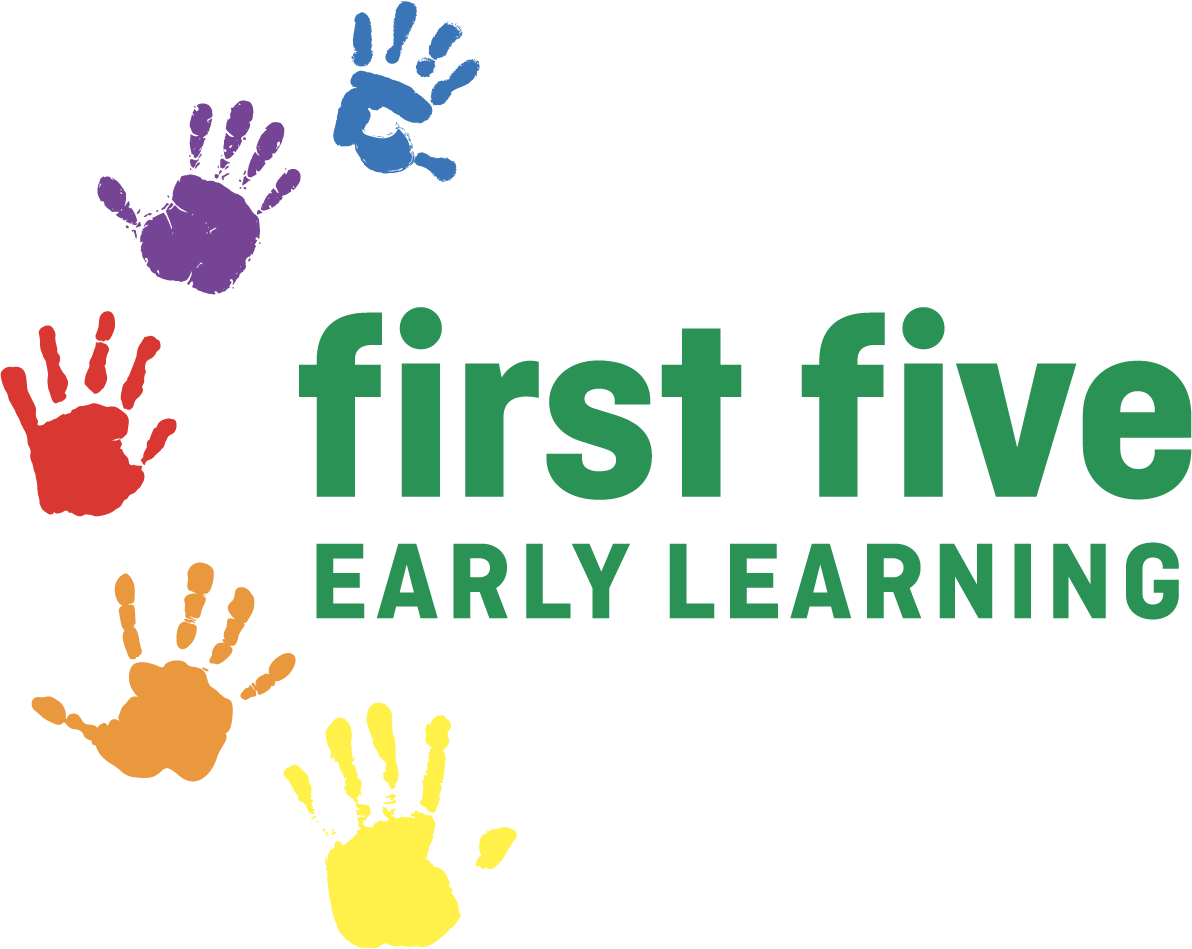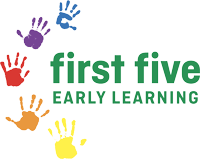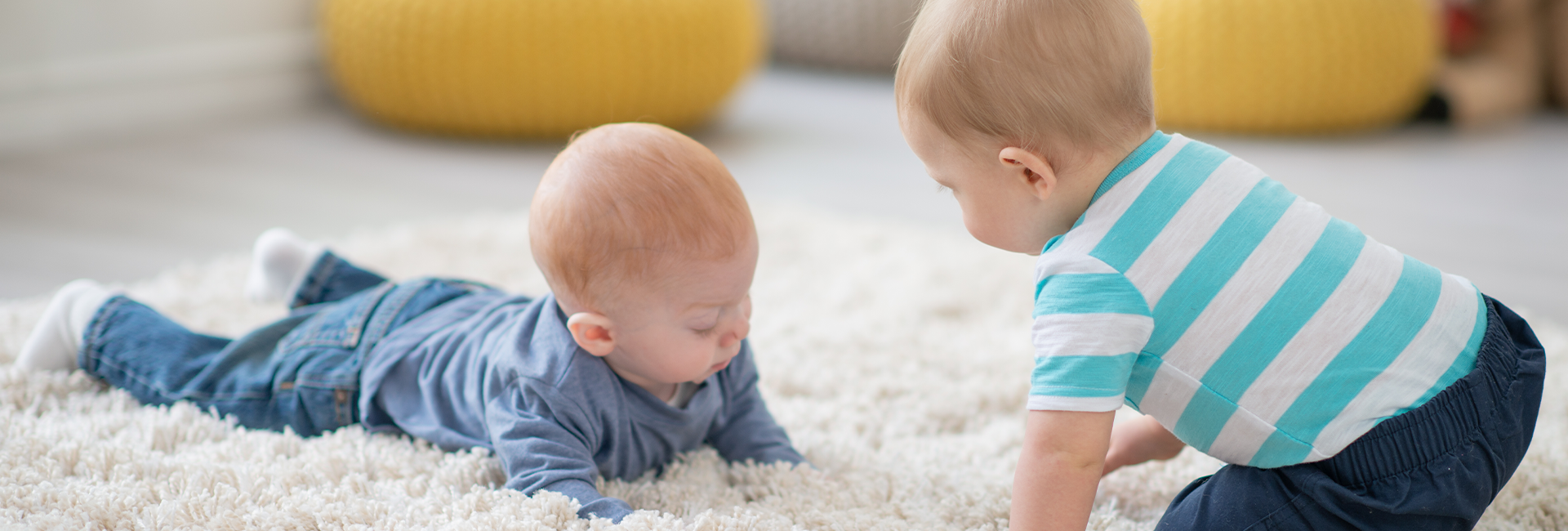In the babies’ room, the learning environment supports very young children to make sense of their world through sensory exploration and physical activity. A well-designed learning environment for babies supports independent discovery and educator-supported learning.
Babies learn through their senses. Gazing at objects and people, experimenting with objects, practising motor movement skills, and using trusted educators as a secure base from which to explore and take on new challenges are some of the ways babies are learning.
While the physical environment is critical to babies’ safety, comfort and engagement, the emotional environment is fostered through meaningful interactions. Our most important role with your baby is to slow down. When educators slow down in their work with babies, they can listen for and respond to their individual cues such as hunger, playfulness, tiredness, and interest. Babies are connection seekers. It is the role of educators to be present and emotionally available to your baby across the day to build strong connections for a secure and trusting relationship.
For babies who aren’t yet mobile, soft play areas provide an inviting and comfortable space where stimulation is provided at ground, mid and ceiling level, without being overwhelming. The use of colour, texture, or a change in level of surface is used in play spaces as a stimulus to support engagement. Carefully selected objects and materials promote babies’ motivation to gaze, to move toward, and to reach and grasp.
As they grow, babies need opportunities to practise and extend on motor movement patterns. The inclusion of furniture pieces to cruise around, along with ramps, tunnels and climbing frames provides an additional challenge for babies who are crawling or walking. Early movement experiences are linked with babies’ cognitive development as they move toward and explore new objects, spaces and experiences.
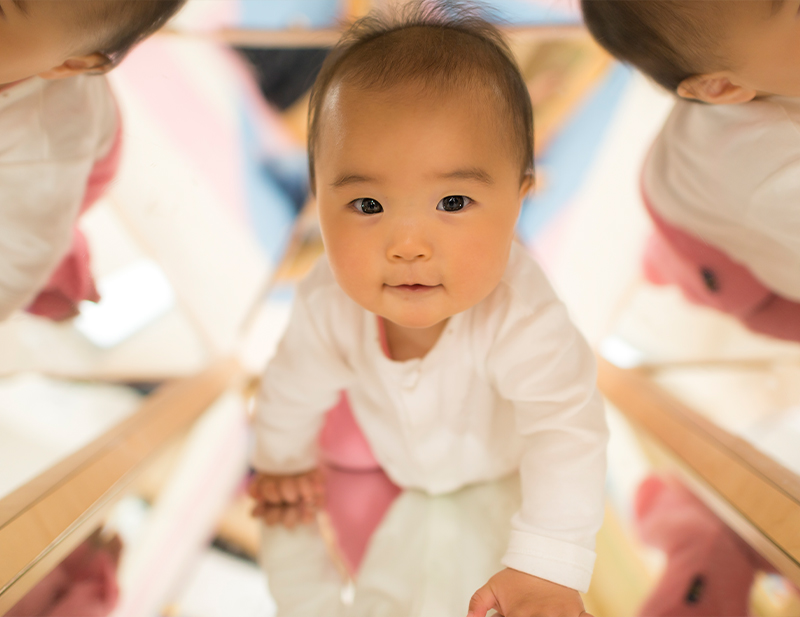
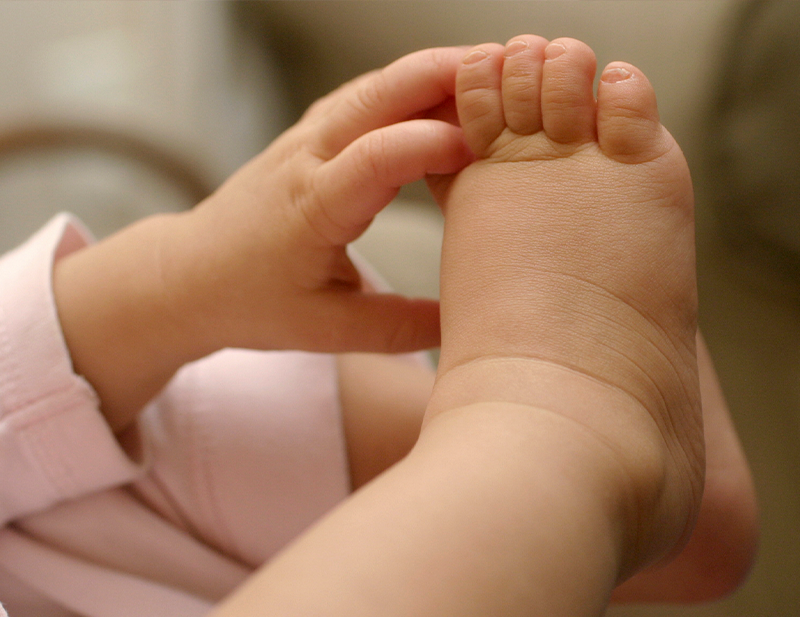
Options for eating and sleeping support babies at different stages of development. Comfortable chairs to feed and engage with babies are provided for parents and educators. Sitting comfortably while feeding babies and being responsive to their individual rhythms ensures everyday routines become moments of connection between young children and adults.
When we verbalise what we’re about to do with babies such as move them around or change their nappy, we work to include them in everyday activities and cue them in so they can build understanding and trust with adults beyond their family. Everyday care routines are opportunities for one-to-one connection. In verbalising to babies what is about to happen and involving them in the conversation, we demonstrate consent in infant caregiving.

